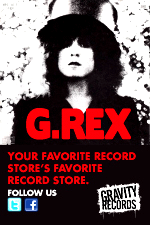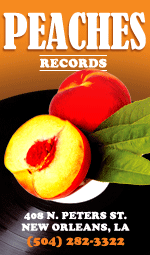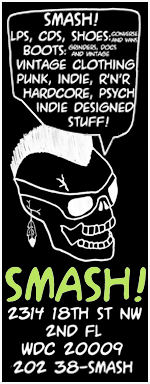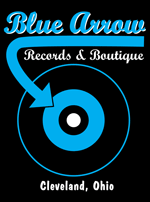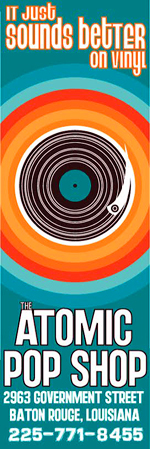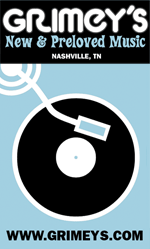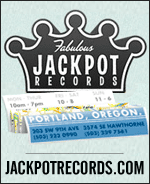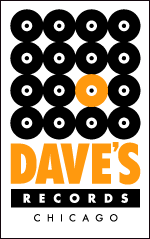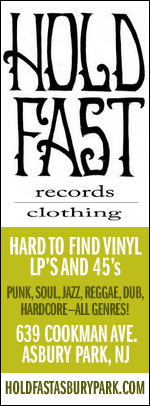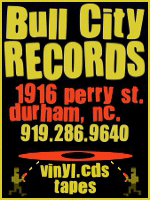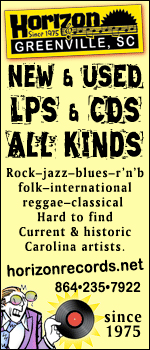
Regarding two person rock ‘n’ roll, few have done it better than Flavia and Martin Couri, the married duo who record and play shows as The Courettes. Flavia, originally from Brazil, is the singer and guitarist, while Martin, who hails from Denmark where the band is currently based, handles the rhythm and some backing vocals. Theirs is a raw ’60s garage sound blended with pop elements from the same era, and they’ve sustained a high level of quality for nearly a decade. Their latest is “SHAKE!” c/w “You Woo Me,” available February 16 through Damaged Goods Records, and it’s a burning groove double whammy.
Half of this gold-vinyl 7-inch is a taster for The Courettes next full-length, which is set for release this September; it’s the flip that’s exclusive to this platter. Excluding Boom! Dynamite (An Introduction to the Fabulous Courettes), a compilation issued last year, and Here We Are the Courettes, a 2021 CD that combines their first two LPs, the duo’s upcoming LP will be their fourth, which is frankly a pretty high number for an outfit specializing in garage punk.
Along with a pair of 10-inch discs (perhaps we’ll call them mini-LPs), The Courettes have a slew of singles in their discography. This isn’t a surprise, as that’s the format where garage punk bands (and duos) tend to excel. The reason is reliably due to short-players capturing quick bursts of inspiration in a relatively timely frame, before the edges get smoothed down and urgency inevitably diminishes.
To expect more than a few short sharp singles from a garage punk act is a set-up for disappointment. And by extension, that’s why The Courettes’ inspired prolificacy over such a substantial period of time is worth celebrating. A big reason for the sustained success comes down the pair’s melodic deftness. Frequent is the praise The Courettes receive for their acumen with retro-’60s pop hooks, and it’s a streak that extends to “SHAKE!” as the catchiness gets merged with strong classic R&B-ish groove stomp reinforcing the Sonics comparisons they’ve garnered over the years.









 By the time I’d been fully exposed to Rockford, IL’s Cheap Trick in the early 1980s, they were fully established arena rock stars. Indeed, they had a bona fide frontman with charisma and sex appeal in Robin Zander, as bassist Tom Petersson was no slouch in the good looks department. Adding depth to the lineup, guitarist and primary songwriter Rick Nielsen and drummer Bun E. Carlos were a pair of colorful characters.
By the time I’d been fully exposed to Rockford, IL’s Cheap Trick in the early 1980s, they were fully established arena rock stars. Indeed, they had a bona fide frontman with charisma and sex appeal in Robin Zander, as bassist Tom Petersson was no slouch in the good looks department. Adding depth to the lineup, guitarist and primary songwriter Rick Nielsen and drummer Bun E. Carlos were a pair of colorful characters.

 With due respect to Solomon Burke, Wilson Pickett, Marvin Gaye, Al Green, Sam & Dave, and other worthy belters, the indispensible Soul Gang of Four, Male Division is constituted by Ray Charles, James Brown, Otis Redding, and Sam Cooke. It’s a quartet as firm as Gibraltar, but if a member of this group occasionally receives a nagging quibble, it’s the man born January 22, 1931 as Samuel Cook.
With due respect to Solomon Burke, Wilson Pickett, Marvin Gaye, Al Green, Sam & Dave, and other worthy belters, the indispensible Soul Gang of Four, Male Division is constituted by Ray Charles, James Brown, Otis Redding, and Sam Cooke. It’s a quartet as firm as Gibraltar, but if a member of this group occasionally receives a nagging quibble, it’s the man born January 22, 1931 as Samuel Cook.


















